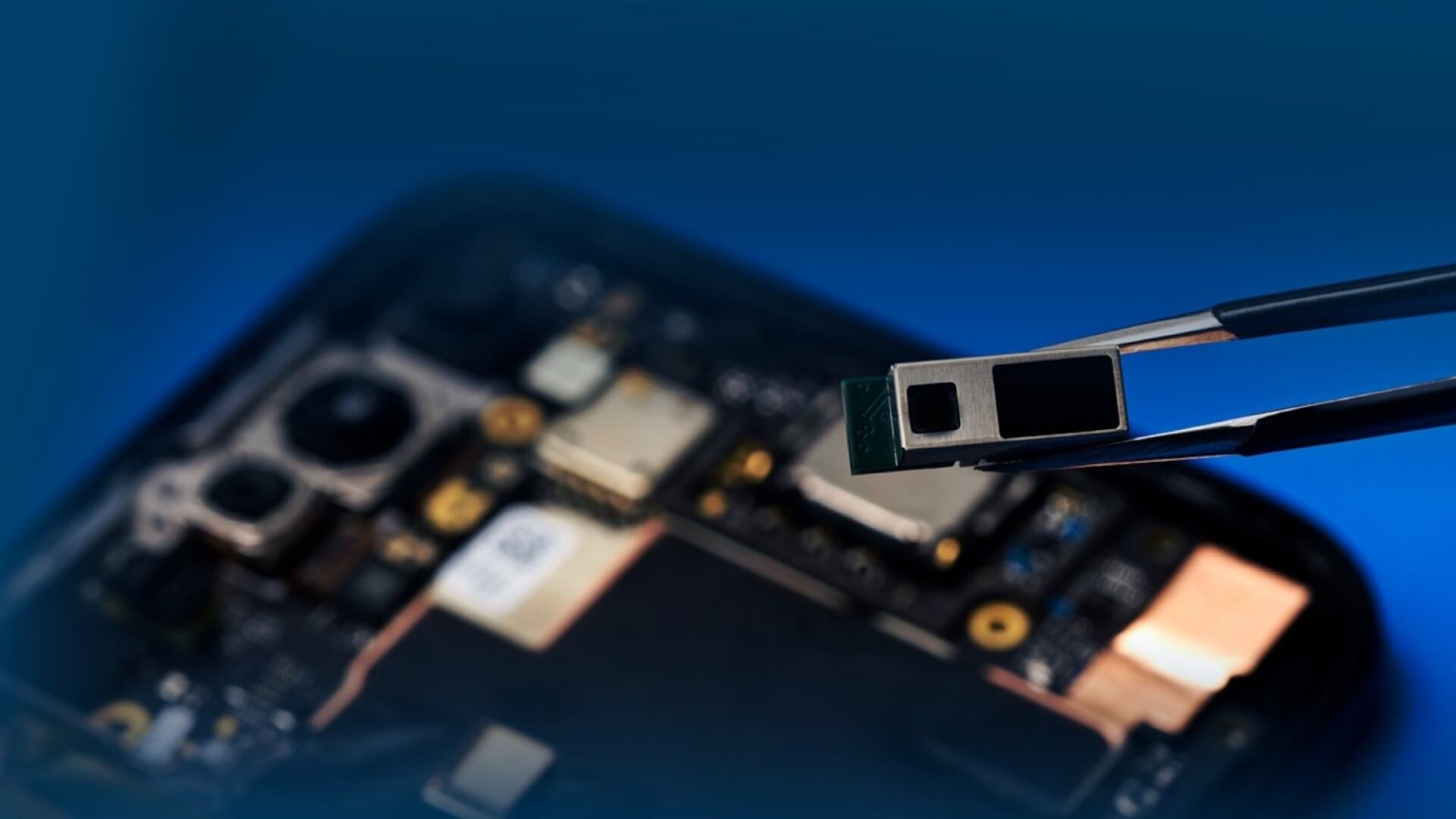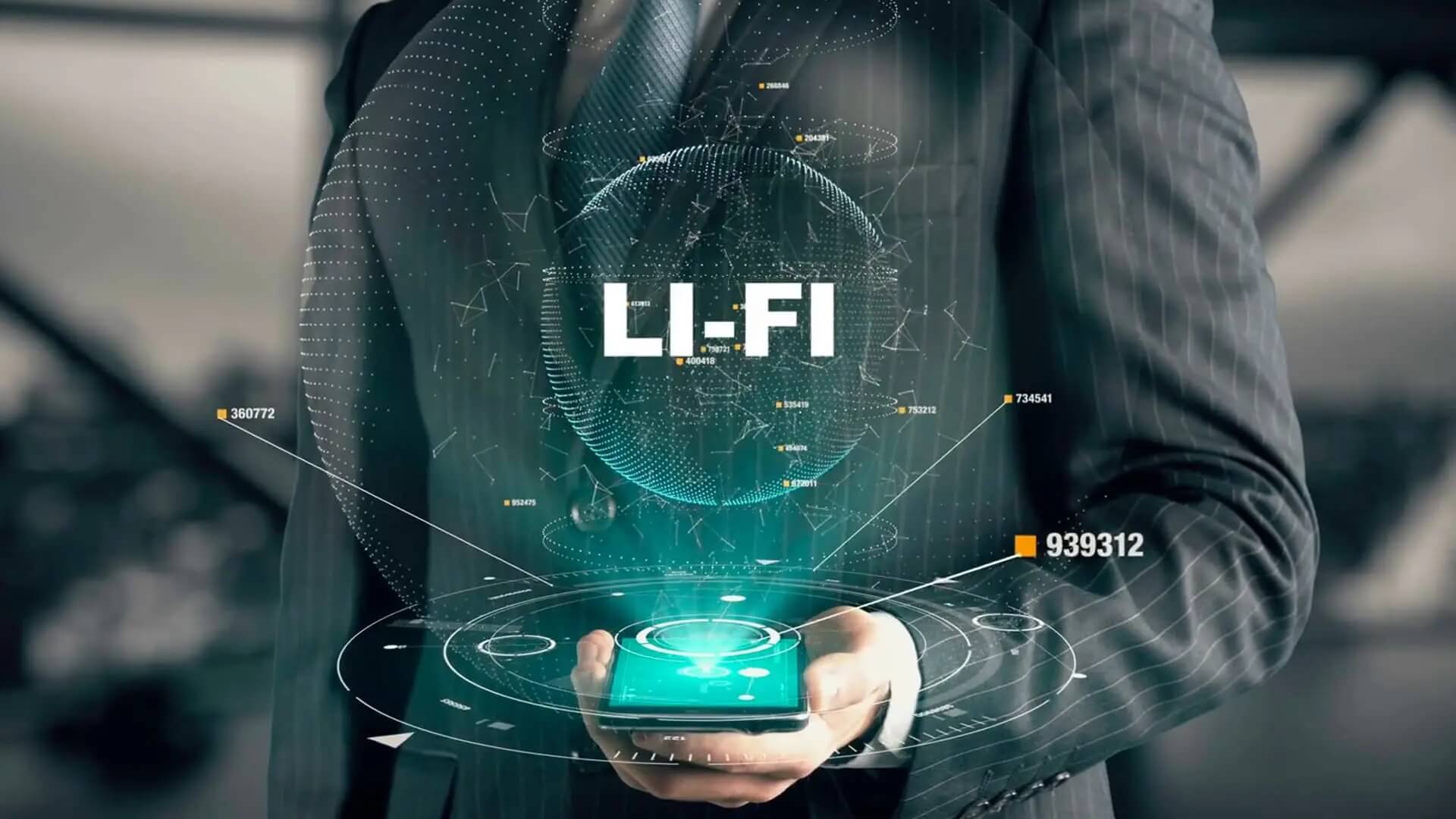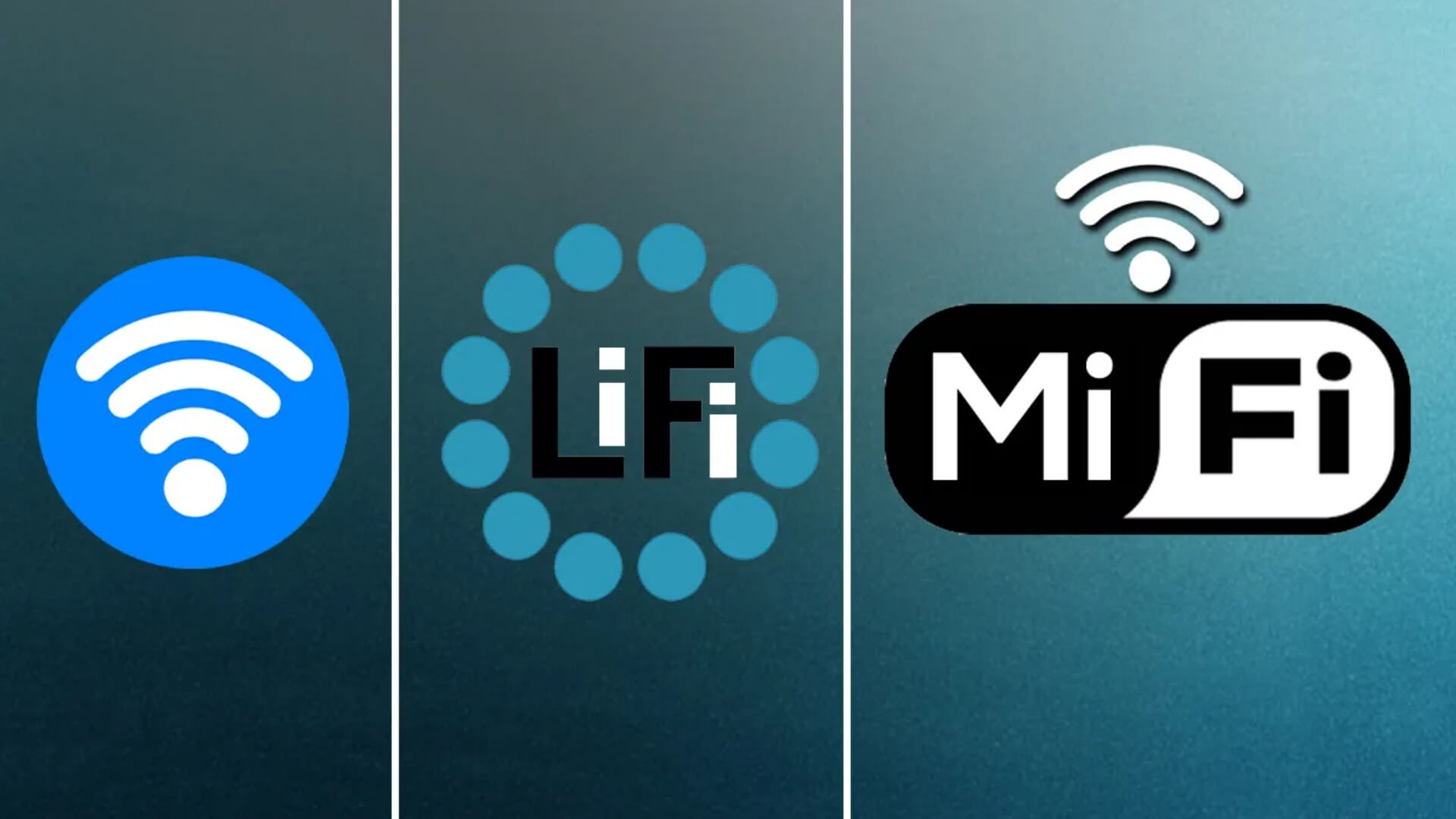Li-Fi employs infrared light that can't be seen, with a maximum transfer speed of 9.6Gbps

802.11bb, the newest international standard for light-based communications from the IEEE, has been approved by Fraunhofer HHI and pureLiFi. Li-Fi transmits data via light.

Compared to 5G and WiFi, Li-Fi provides quicker, more stable wireless connectivity by utilizing the light spectrum. Instead of competing with Wi-Fi, it is intended to be compatible. The Fraunhofer HHI video demonstrates a Li-Fi system that transmits data at rates between 10 Mbps and 9.6 Gbps without radio interference by utilizing building lighting infrastructure.
Line-of-sight connection cutoffs, inconsistent lighting, and a constrained range are some potential issues with Li-Fi technology. CableLabs acknowledges room for development and claims that dynamic beam steering and LOS accessibility may be alluring for LC evolution in the future.

“Enterprise Wi-Fi and state-of-the-art LC performance on par but LC reliability needs to be improved. A possible approach is the use of multiple, distributed optical frontends,” it added.
Manufacturers can now use Li-Fi technology where it is appropriate with more assurance thanks to the publication of the IEEE 802.11bb standard. A significant player in the Li-Fi market, pureLiFi, has already created the Light Antenna ONE module, a 14.5mm component for LC that is presently being made available to OEMs for testing.
